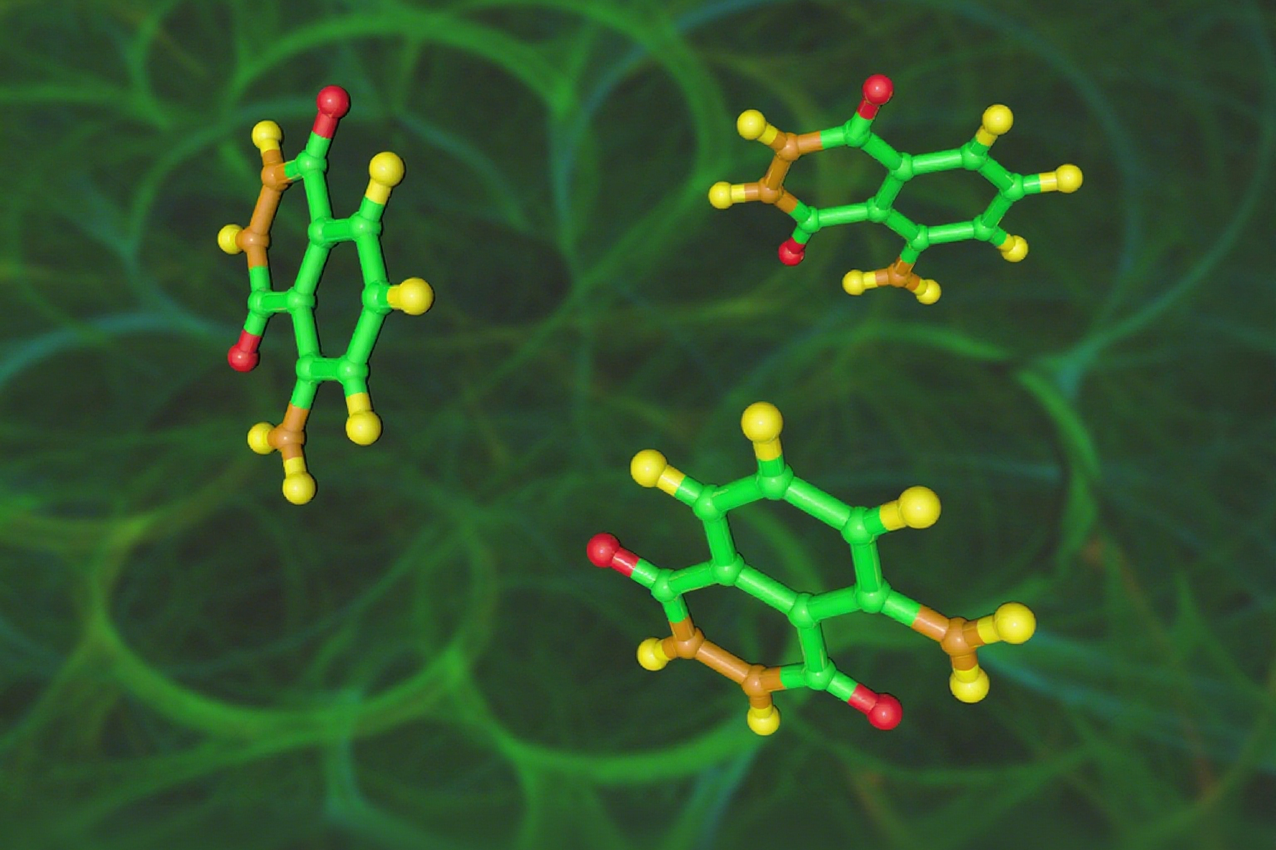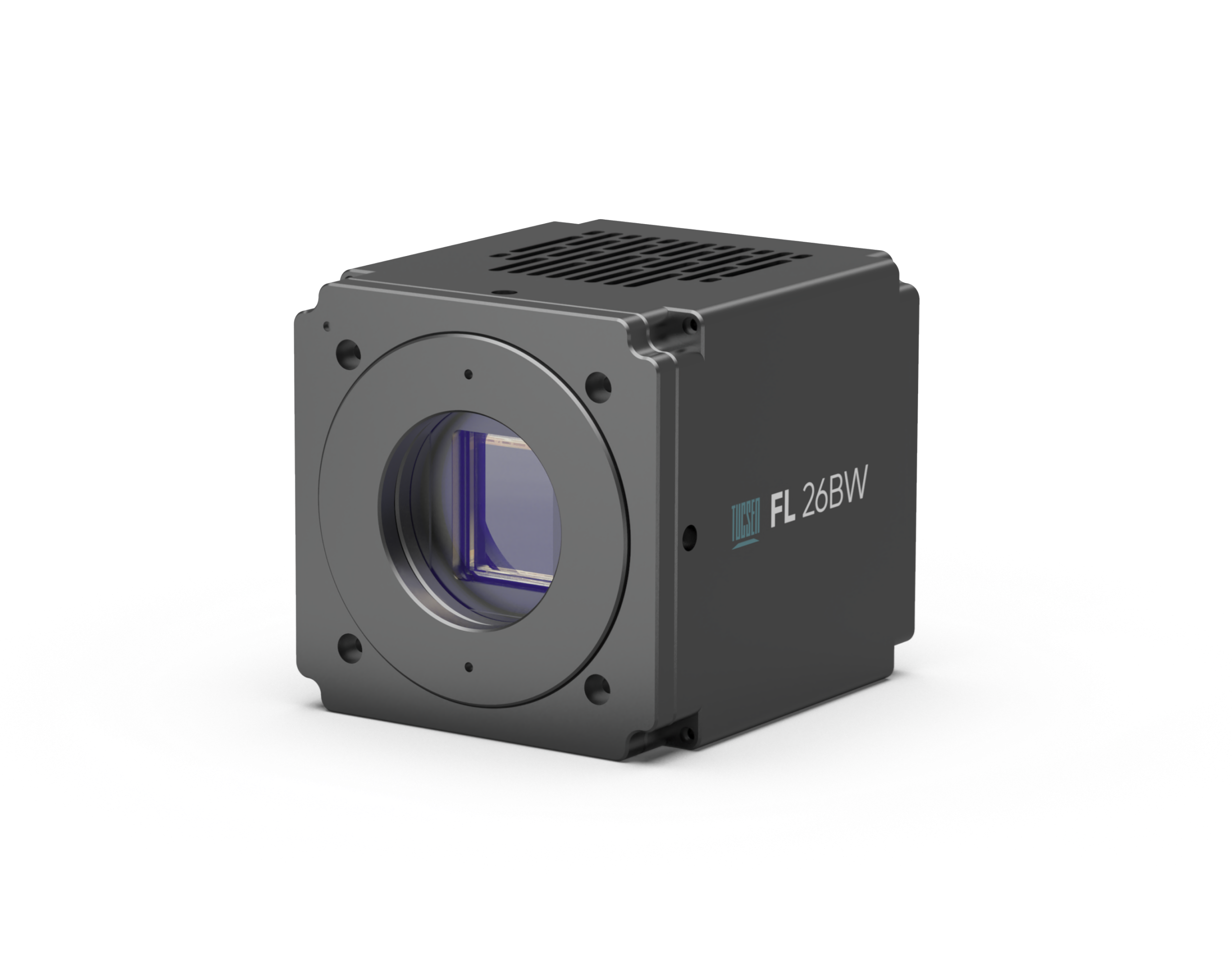Application Challenges
Chemiluminescence is a light-emission process driven by chemical reactions without the need for external excitation. Light is produced when substrates interact with enzymes or target molecules, generating signals with inherently higher signal-to-noise ratios than fluorescence, due to the absence of excitation and autofluorescence background. This makes chemiluminescence particularly well suited for weak-signal detection and wide dynamic range analysis.
In life sciences, chemiluminescence has become a key technique for protein and nucleic acid assays, immunoassays, clinical diagnostics, and studies of gene regulation and pharmacology. Because signals are extremely weak and transient, long exposures are often necessary to accumulate sufficient photons for high signal-to-noise image acquisition.


FL 9BW / FL 26BW
Deep-Cooled CMOS Cameras for Long-Exposure Imaging
FL 9BW combines Sony’s latest BSI CMOS technology with TUCsen’s advanced cooling and image denoising technologies. Experimental results demonstrate a breakthrough in long-exposure imaging performance. In applications such as chemiluminescence imaging, FL 9BW can effectively replace deep-cooled CCD cameras.
Sensor: Sony BSI CMOS chip, uniform background with no glow.
Low Dark Current: As low as 0.0005 e⁻/pixel/s, supporting long-exposure applications.
Dynamic Range: 16,000:1, over 4 times that of comparable CCDs, effectively expanding measurable signal range.
Cooling: Deep cooling down to –25 °C, with high reliability of the cooling chamber.
Compact Design: Facilitates easy integration into instrument systems.











